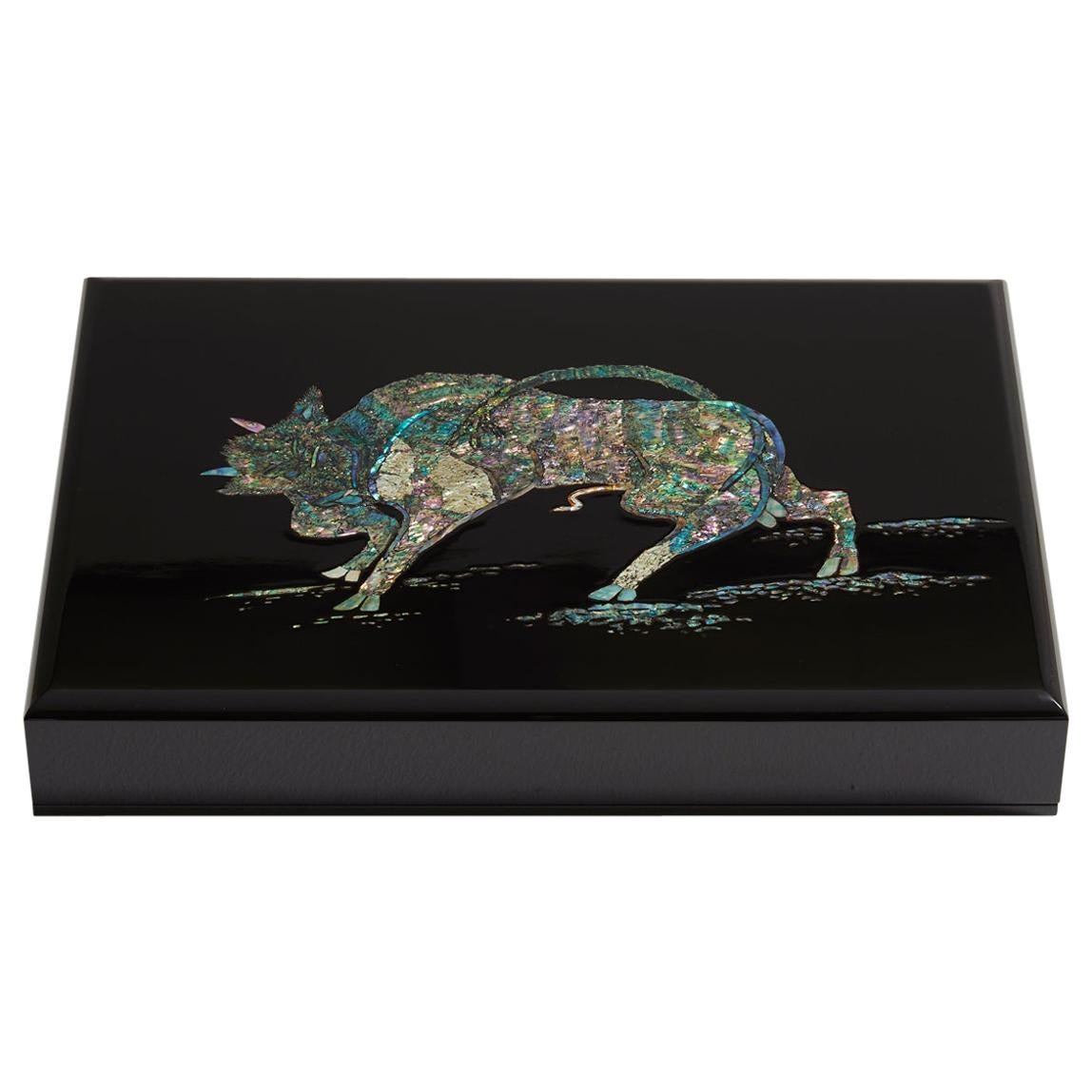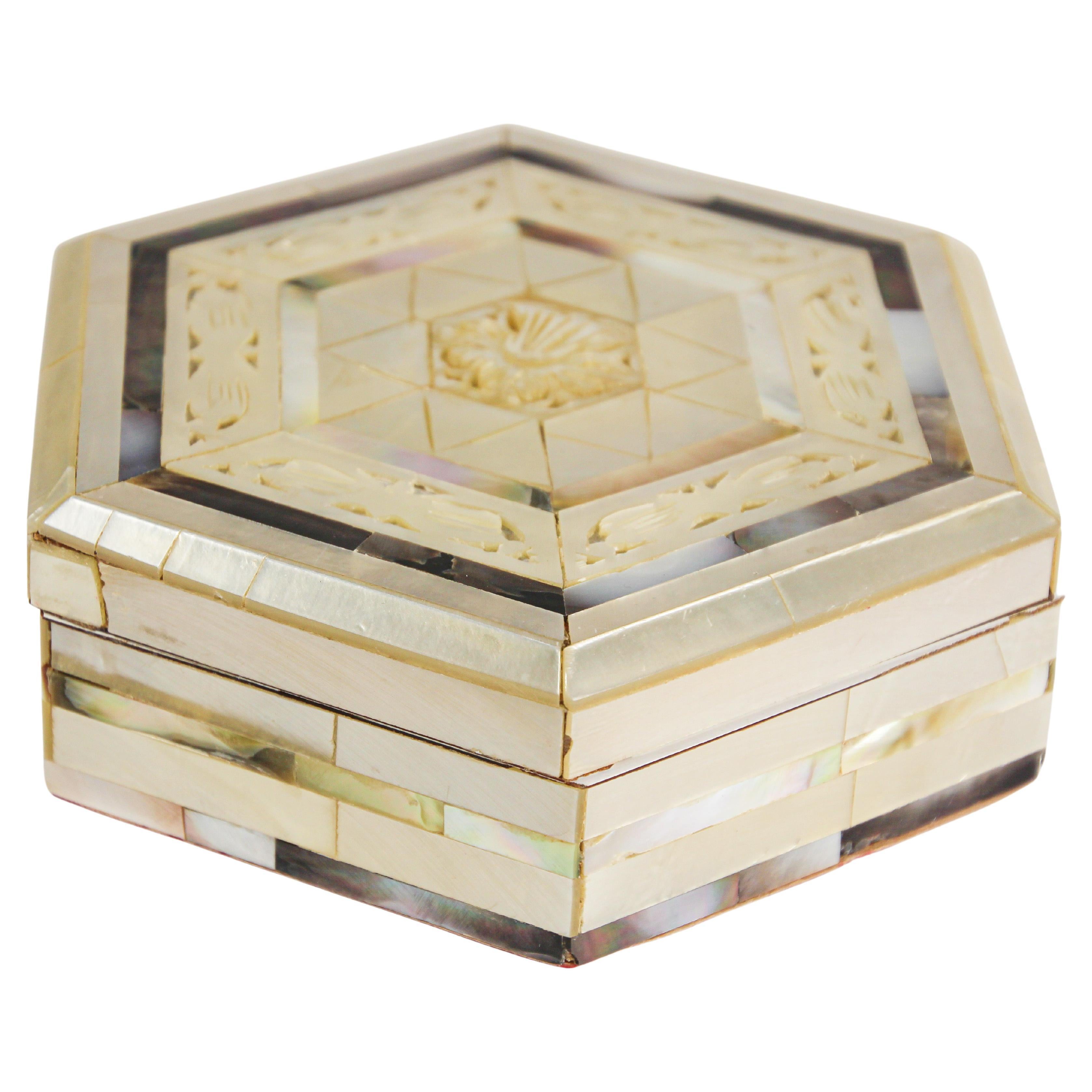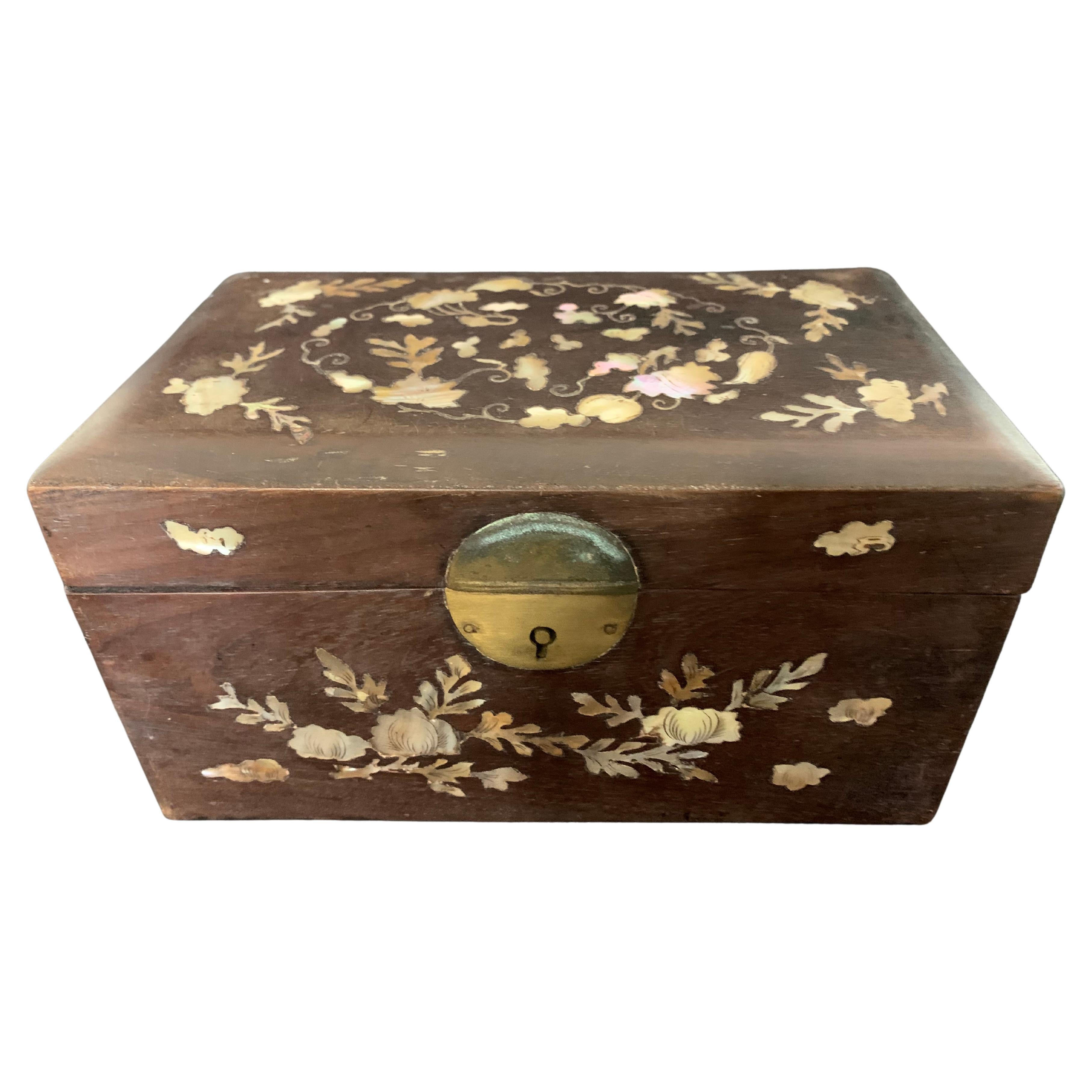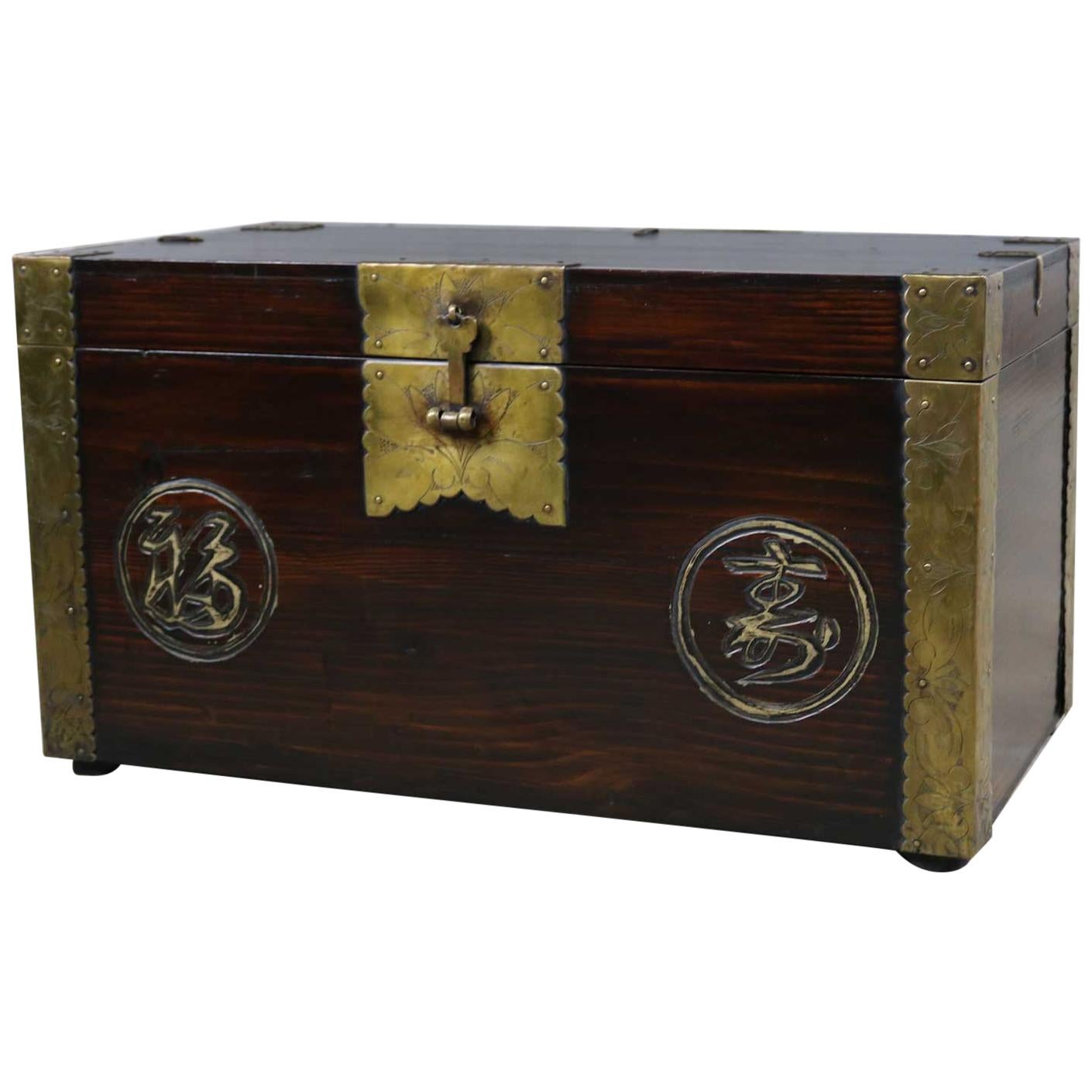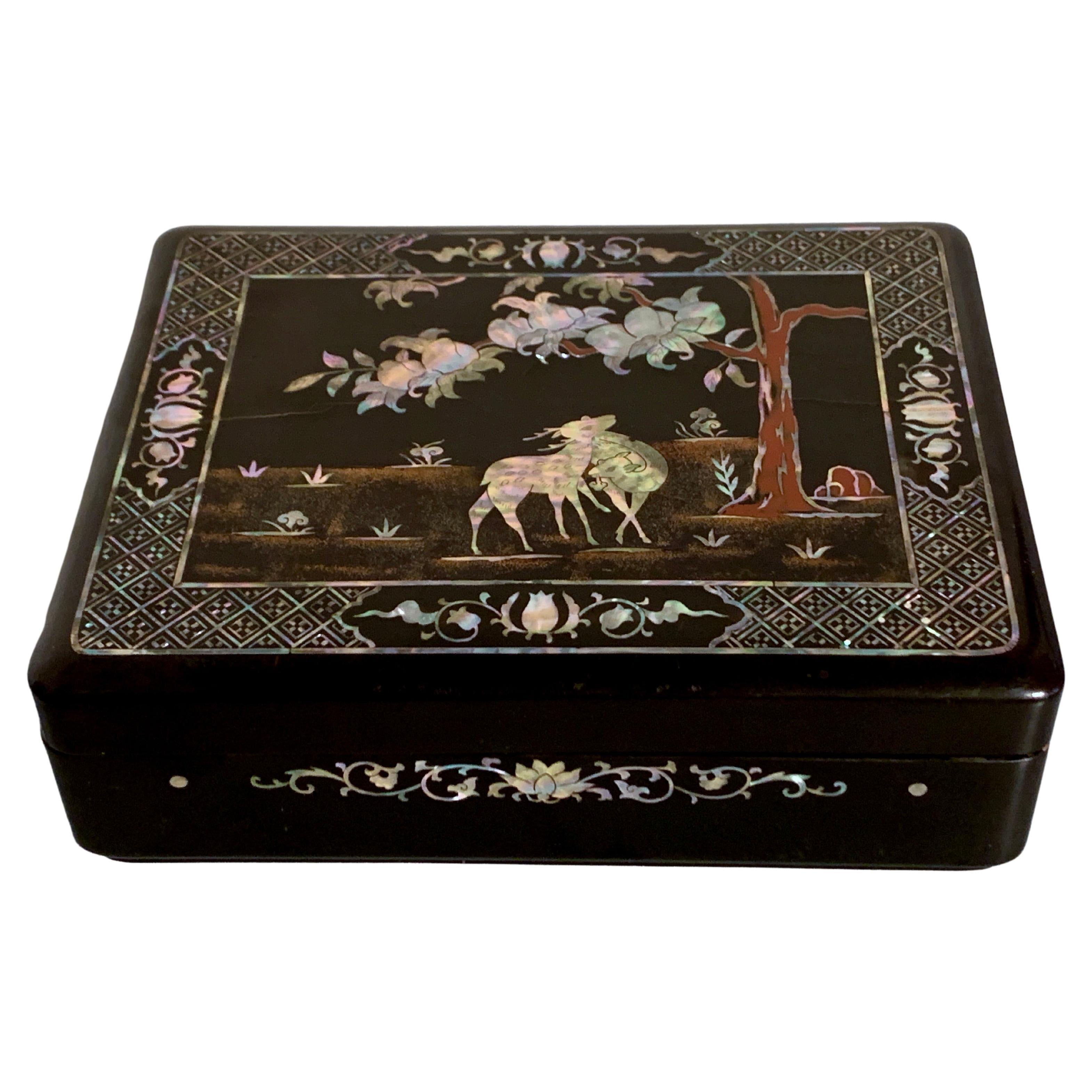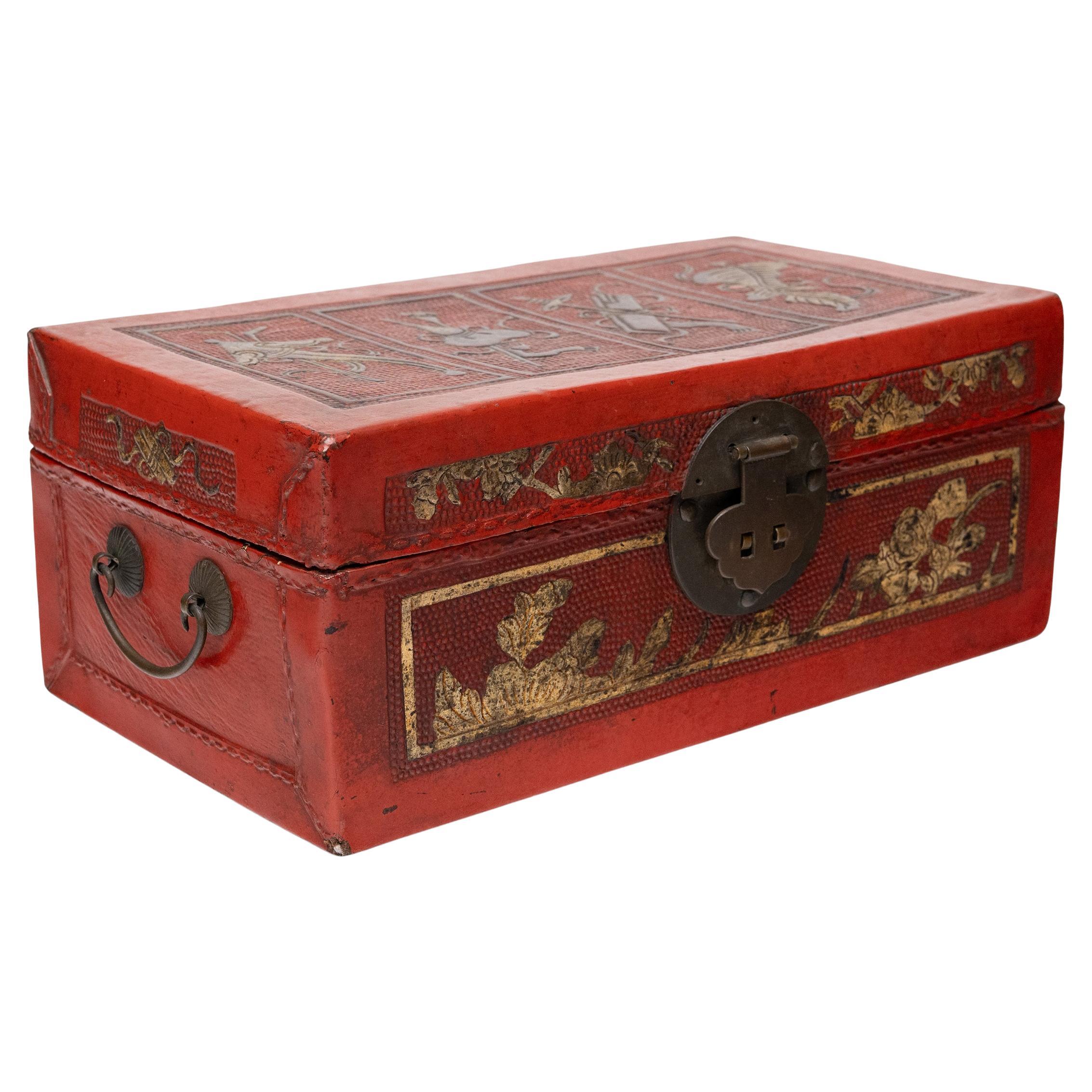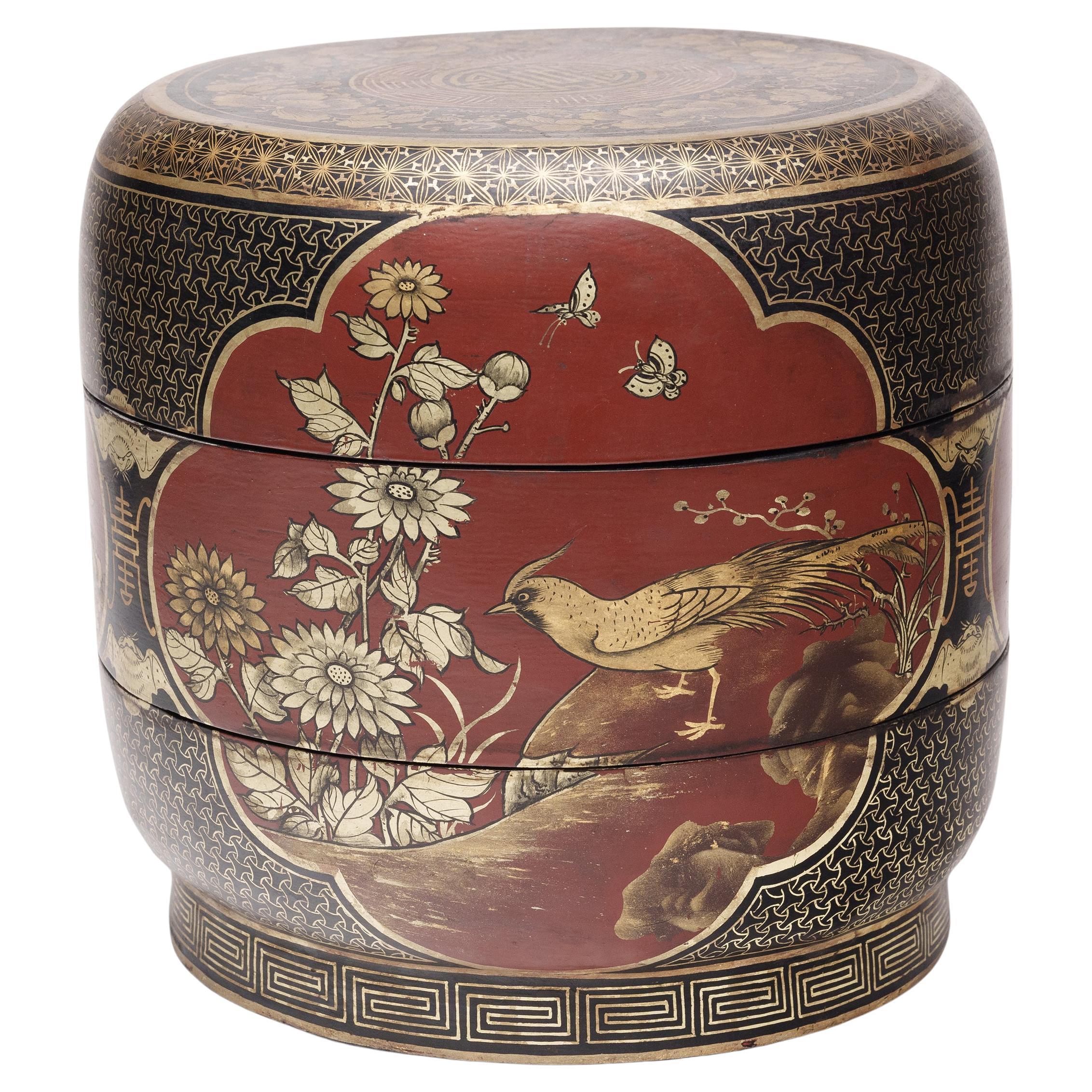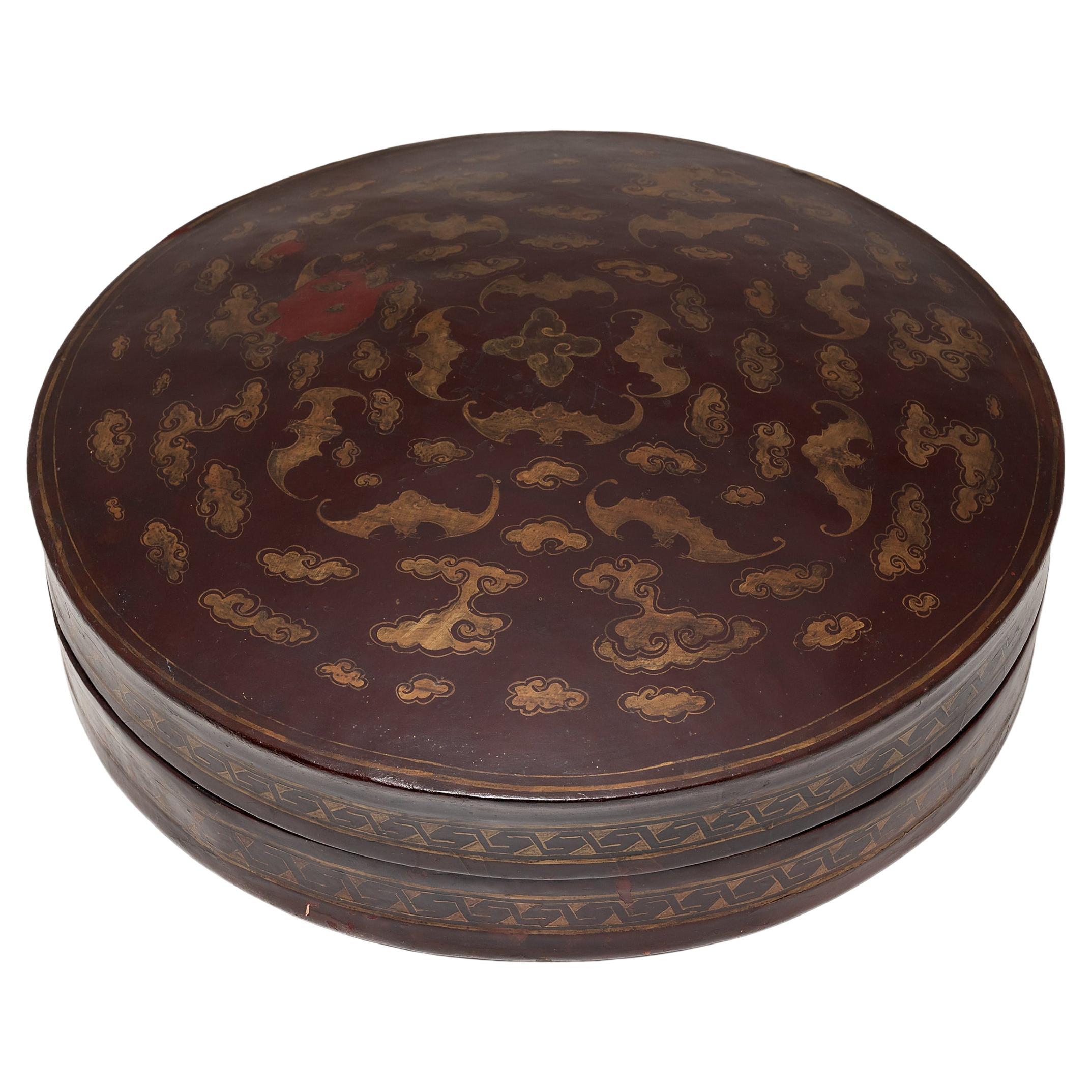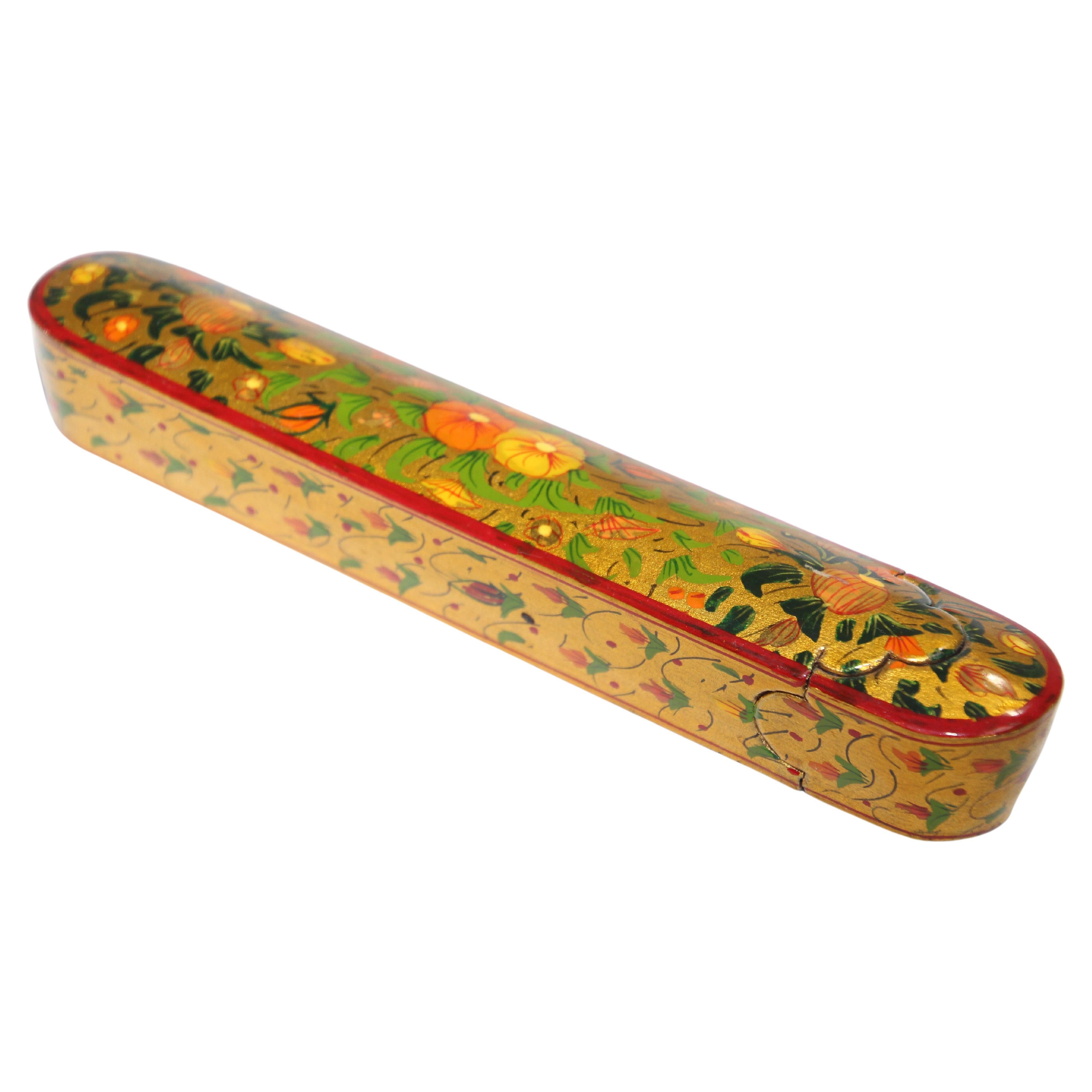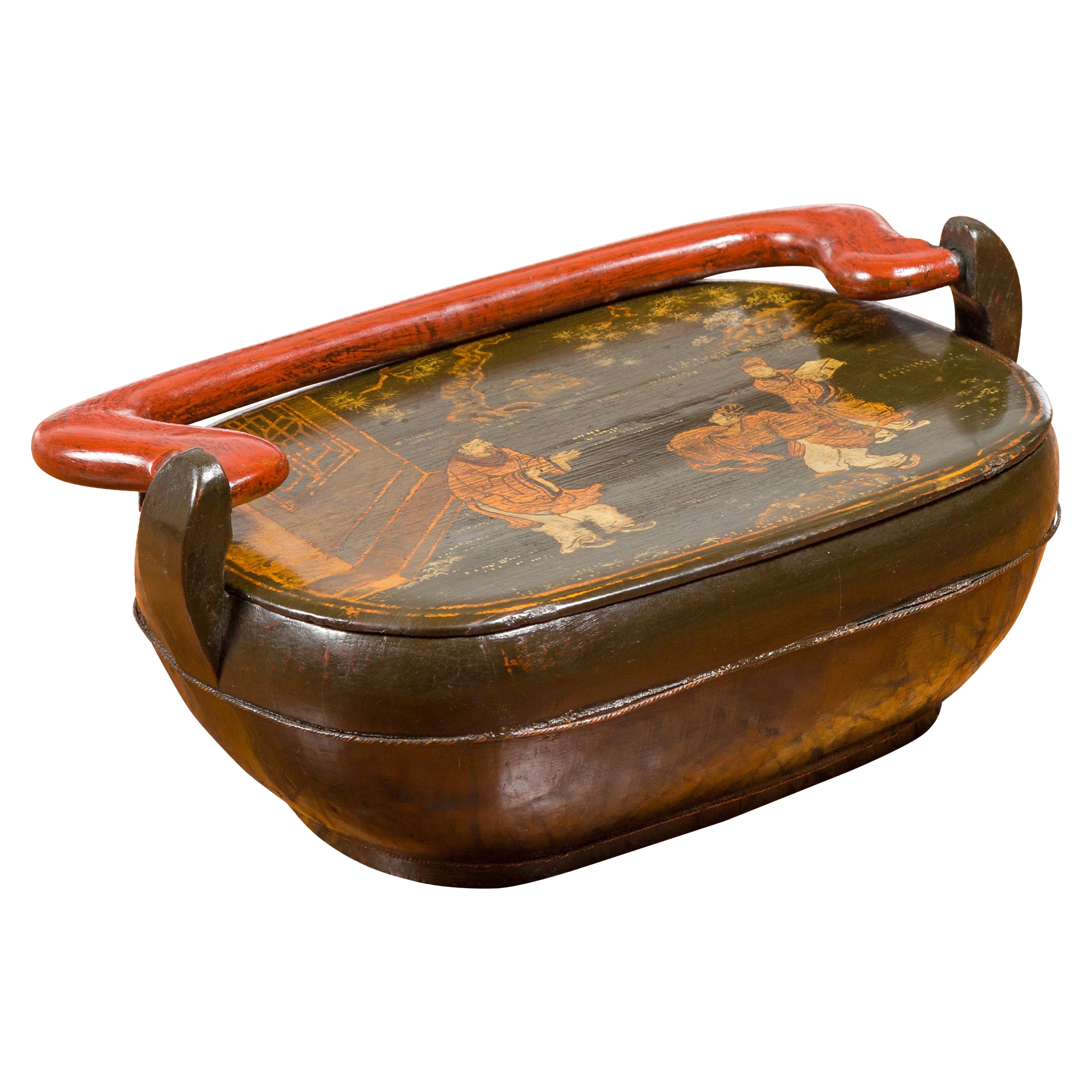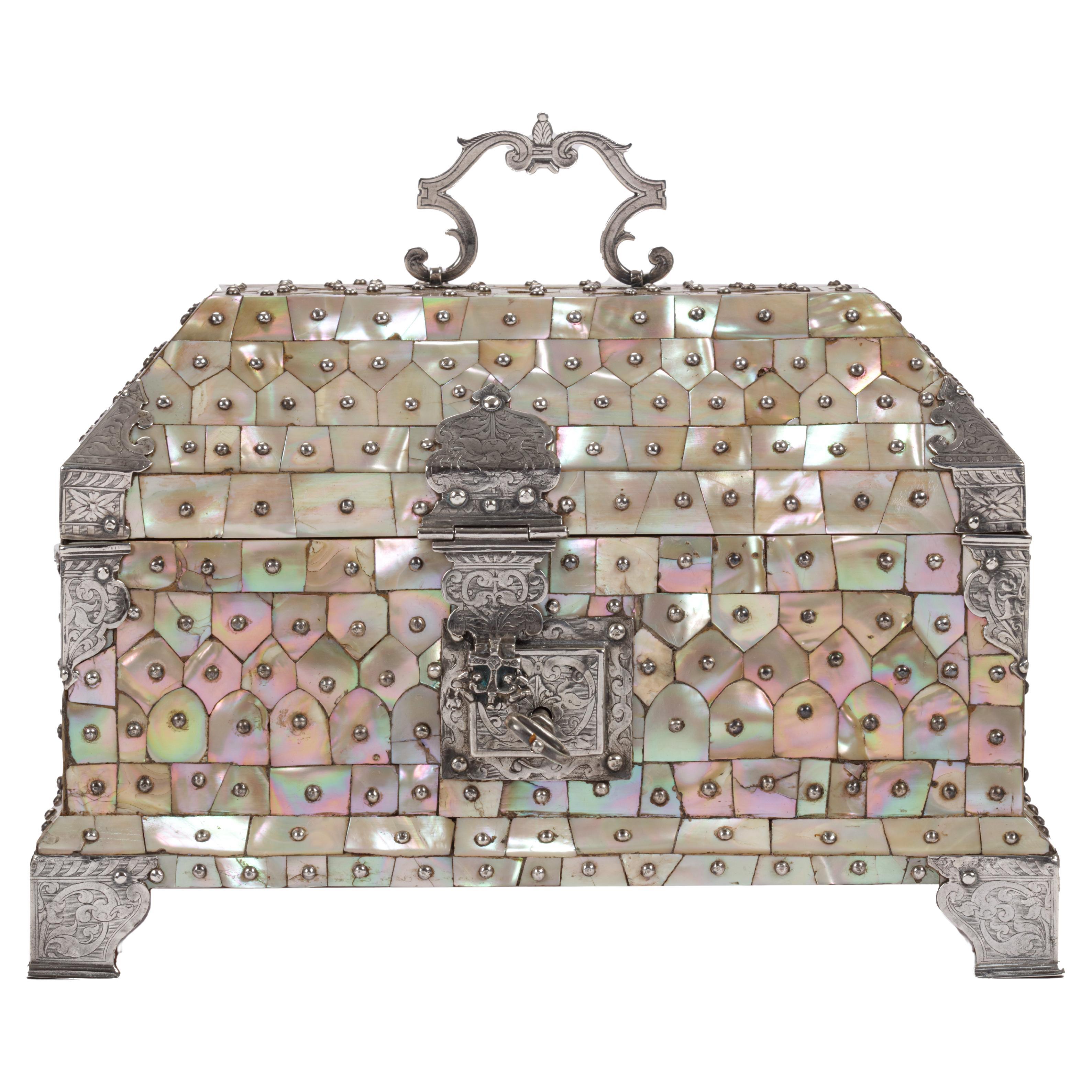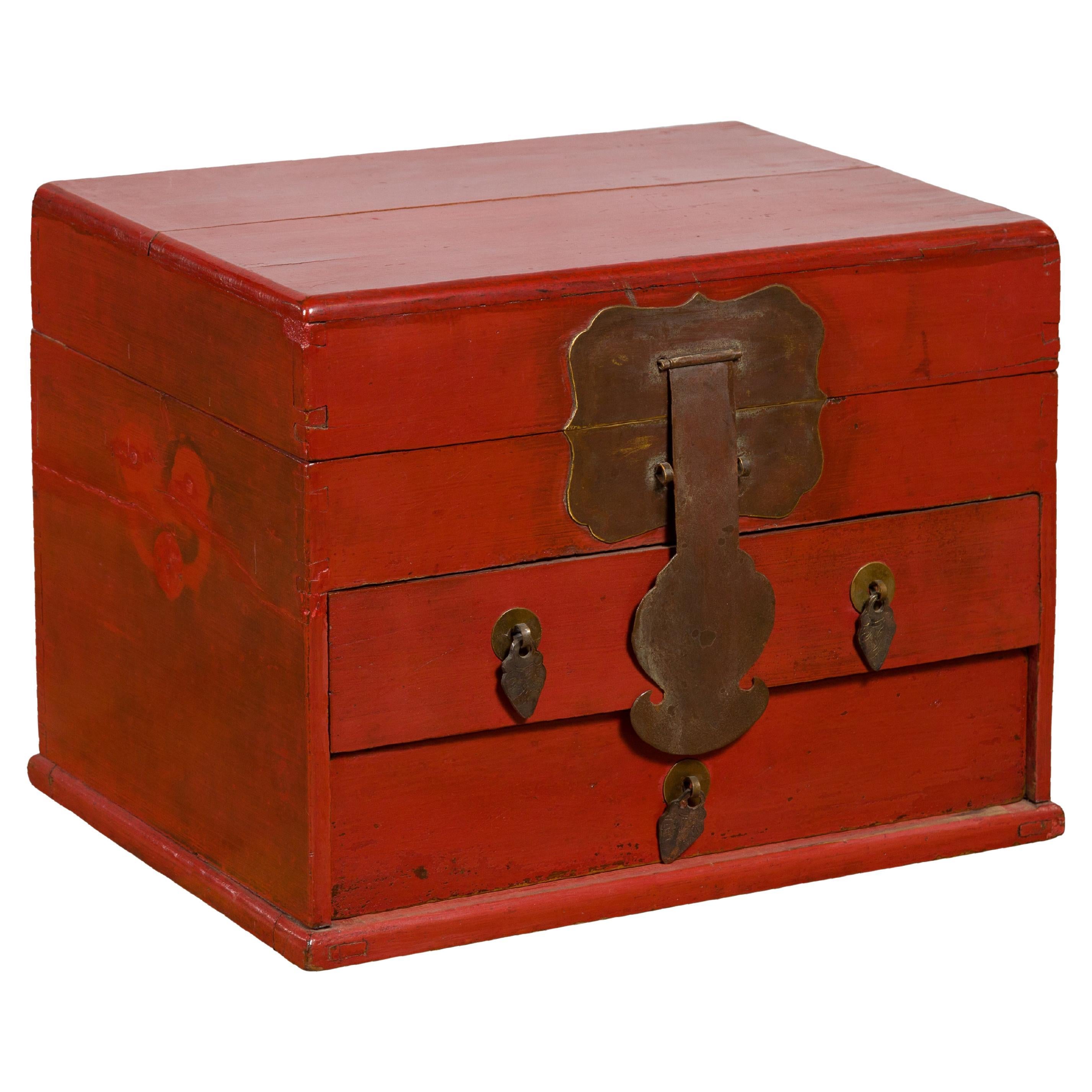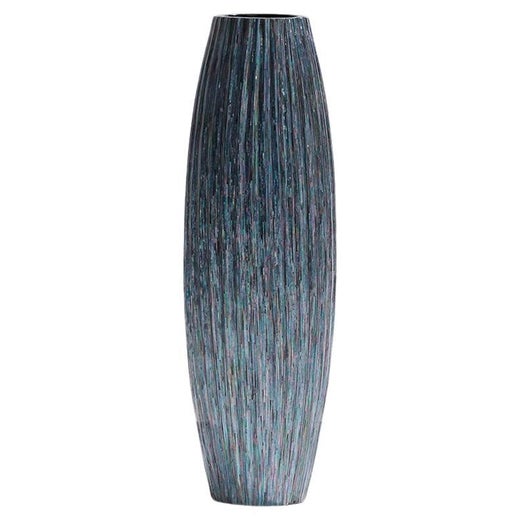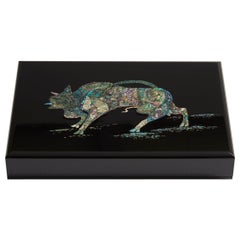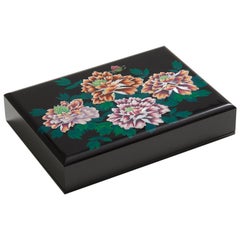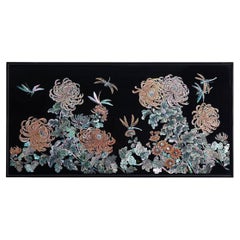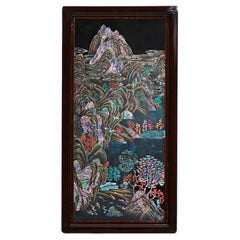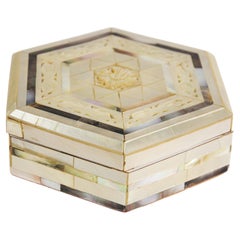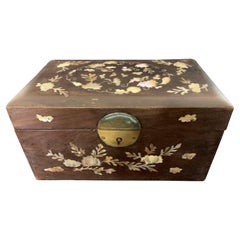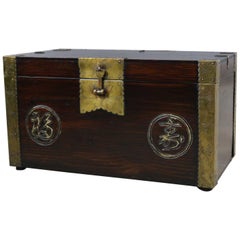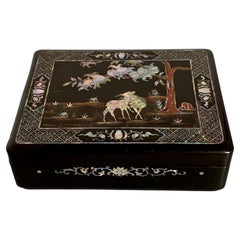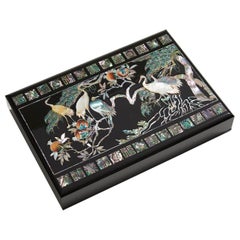
Mother of Pearl Lacquer Box with Ten Longevity Symbols by Arijian
View Similar Items
Want more images or videos?
Request additional images or videos from the seller
1 of 5
Mother of Pearl Lacquer Box with Ten Longevity Symbols by Arijian
$2,200List Price
About the Item
- Dimensions:Height: 2.76 in (7 cm)Width: 11.42 in (29 cm)Depth: 16.54 in (42 cm)
- Style:Modern (In the Style Of)
- Materials and Techniques:
- Place of Origin:
- Period:
- Date of Manufacture:2020
- Production Type:New & Custom(One of a Kind)
- Estimated Production Time:Available Now
- Condition:
- Seller Location:Namyangju-si, KR
- Reference Number:1stDibs: LU5382221482592
ARIJIAN
Arijian is the artistic world created by Jian Yoo, and a name that embodies the artist’s creative identity.
It encompasses a range of works shaped by a layered approach to material, form, and rhythm.
Alongside a continued personal practice, Arijian Studio represents a separate body of work—an independent extension of this artistic direction.
About the Seller
5.0
Vetted Professional Seller
Every seller passes strict standards for authenticity and reliability
Established in 2013
1stDibs seller since 2020
Authenticity Guarantee
In the unlikely event there’s an issue with an item’s authenticity, contact us within 1 year for a full refund. DetailsMoney-Back Guarantee
If your item is not as described, is damaged in transit, or does not arrive, contact us within 7 days for a full refund. Details24-Hour Cancellation
You have a 24-hour grace period in which to reconsider your purchase, with no questions asked.Vetted Professional Sellers
Our world-class sellers must adhere to strict standards for service and quality, maintaining the integrity of our listings.Price-Match Guarantee
If you find that a seller listed the same item for a lower price elsewhere, we’ll match it.Trusted Global Delivery
Our best-in-class carrier network provides specialized shipping options worldwide, including custom delivery.More From This Seller
View AllContemporary Unique Black Document Box with Bull Design by Arijian
Located in Namyangju-si, KR
This artwork uses mother of pearl to re-interpret 'A Bull,' which is an iconic work by one of the most celebrated South Korean artists in modern and contemporary painting...
Category
2010s South Korean Modern Decorative Boxes
Materials
Wood
Floral Design Mother of Pearl Box with Peony Blossoms by Arijian
Located in Namyangju-si, KR
This artwork adopts mother of pearl and lacquer to portray peony blossoms, also known as the king of all flowers and a symbol for beautiful women. The lustrous mother of pearl was used to create such sumptuous flower patterns. The colors inside the lines of mother of pearl were enhanced with lacquer, gold and silver powder, etc. to elevate the vividness and splendor evoking the actual blossoming.
-Luxury Packaging: Wooden Gift...
Category
2010s Korean Modern Jewelry Boxes
Materials
Wood
Handcrafted Painting on Wood Panel by Arijian Chrysanthemum 03
Located in Namyangju-si, KR
Wall Decor Handcrafted Mother of Pearl Chrysanthemum Painting on Wood Panel by Arijian.
Category
2010s South Korean Paintings and Screens
Materials
Wood
Wall Decor Landscape Painting on Wood Panel by Arijian
By Arijian
Located in Namyangju-si, KR
Landscape Painting with Mother-of-Pearl inlay by Arijian.
Category
2010s South Korean Decorative Art
Materials
Wood
Contemporary Sculptural Object with Black Mother-of-Pearl_Object Vase 12
By Arijian, Jian Yoo
Located in Namyangju-si, KR
Decorative handcrafted vase with mother-of-pearl inlay.
Category
2010s South Korean Vases
Materials
Wood
Handcrafted Unique Painting on Wood Panel by Arijian Rose 02
By Jian Yoo, Arijian
Located in Namyangju-si, KR
Wall decor handcrafted mother of pearl rose painting on wood panel by Arijian.
Category
2010s South Korean Decorative Art
Materials
Wood
You May Also Like
Handcrafted White Mother of Pearl Inlaid Moorish Octagonal Box
Located in North Hollywood, CA
Exquisite handcrafted white mother of pearl inlaid and hand carved lidded box.
Small octagonal Anglo Indian decorative box intricately decorated with Moorish motif designs which hav...
Category
Mid-20th Century Indian Moorish Decorative Boxes
Materials
Shell, Fruitwood, Abalone, Mother-of-Pearl
Indochinese Box in Wood and Mother of Pearl circa 1900
Located in Beuzevillette, FR
Nice wooden and mother-of-pearl box from the 1900s. The mother-of-pearl inlays form plant motifs (flowers and foliage), incised to give volume to the different parts. It closes with ...
Category
Antique Late 19th Century Asian Decorative Boxes
Materials
Wood
Antique Korean Trunk Chest or Box circa 1920s with Luck and Longevity Characters
Located in Topeka, KS
Handsome antique Korean trunk or chest with beautiful brass details and the auspicious Chinese characters for luck and longevity carved into the f...
Category
Early 20th Century Korean Chinoiserie Decorative Boxes
Materials
Brass
Korean Lacquer and Mother of Pearl Inlay "Longevity" Box, 1930s, Korea
Located in Austin, TX
A fine and elegant Korean black lacquer and abalone mother of pearl inlay "longevity" box, circa 1930s, Korea.
The box, most likely used to sto...
Category
Vintage 1930s Korean Showa Lacquer
Materials
Wood, Lacquer, Abalone
16th-Century Indo-Portuguese Colonial Mother-of-pearl Gujarat Casket
Located in Amsterdam, NL
An exceptional Indo-Portuguese colonial mother-of-pearl veneered casket with silver mounts
India, Gujarat, 2nd half of the 16th century, the silver mounts Goa or probably Lisbon
Measures: H. 16 x W. 24.6 x D. 16.1 cm
An exceptional Gujarati casket with a rectangular box and truncated pyramidal lid (with slopes on each side and a flat top) made from exotic wood, probably teak (Tectona grandis), covered with a mother-of-pearl mosaic. The tesserae, cut from the shell of the green turban sea snail (Turbo marmoratus, a marine gastropod) in the shape of fish scales, are pinned to the wooden structure with silver ball-headed nails. The casket is set on bracket feet on the corners. The masterfully engraved decoration of the silver mounts follows the most refined and erudite Mannerist repertoire of rinceaux and ferroneries dating from the mid-16th century. The high quality and refinement of the silver mounts and, likewise, the silver nails that replaced the original brass pins used to hold the mother-of-pearl tesserae in place indicate the work of a silversmith probably working in Lisbon in the second half of the 16th century.
The Indian origin of this production, namely from Cambay (Khambhat) and Surat in the present state of Gujarat in north India, is, as for the last three decades, consensual and fully demonstrated, not only by documentary and literary evidence - such as descriptions, travelogues and contemporary archival documentation - but also by the survival in situ of 16th-century wooden structures covered in mother-of-pearl tesserae. A fine example is a canopy decorating the tomb (dargah) of the Sufi saint, Sheik Salim Chisti (1478-1572) in Fatehpur Sikri in Agra district in the state of Uttar Pradesh, north India. This is an artistic production, geometric in character and Islamic in nature, where usually the mother-of-pearl tesserae form complex designs of fish scales or, similar to the dishes also made using the same technique, with the thin brass sheets and pins, stylized lotus flowers. The truncated pyramidal shape corresponds, like their contemporary tortoiseshell counterparts also made in Gujarat, to a piece of furniture used in the Indian subcontinent within the Islamic world prior to the arrival of the first Portuguese. This shape, in fact, is very old and peculiar to East-Asian caskets, chests or boxes used to contain and protect Buddhist texts, the sutras.
A similar chest is the famous and large reliquary chest from Lisbon cathedral that once contained the relics of the city's patron saint, Saint Vincent. Both match in shape, having the same kind of socle or pedestal and bracket feet, and in their engraved silver mountings, featuring the same type of refined, erudite decoration. Their differences lie in the silver borders that frame the entire length of the edges of the chest (both the box and the lid), pinned with silver nails, and on the lock plate, shaped like a coat of arms in the Lisbon example. Given the exceptional dimensions of the reliquary casket...
Category
Antique 16th Century Indian Jewelry Boxes
Materials
Silver
Chinese Red Lacquer Hide Box, c. 1880
Located in Chicago, IL
This small treasure box from the late 19th century exemplifies the lavish splendor of the Qing-dynasty (1644-1911) decorative arts, finished with intricate surface embellishment and ...
Category
Antique Late 19th Century Chinese Qing More Asian Art, Objects and Furni...
Materials
Brass
